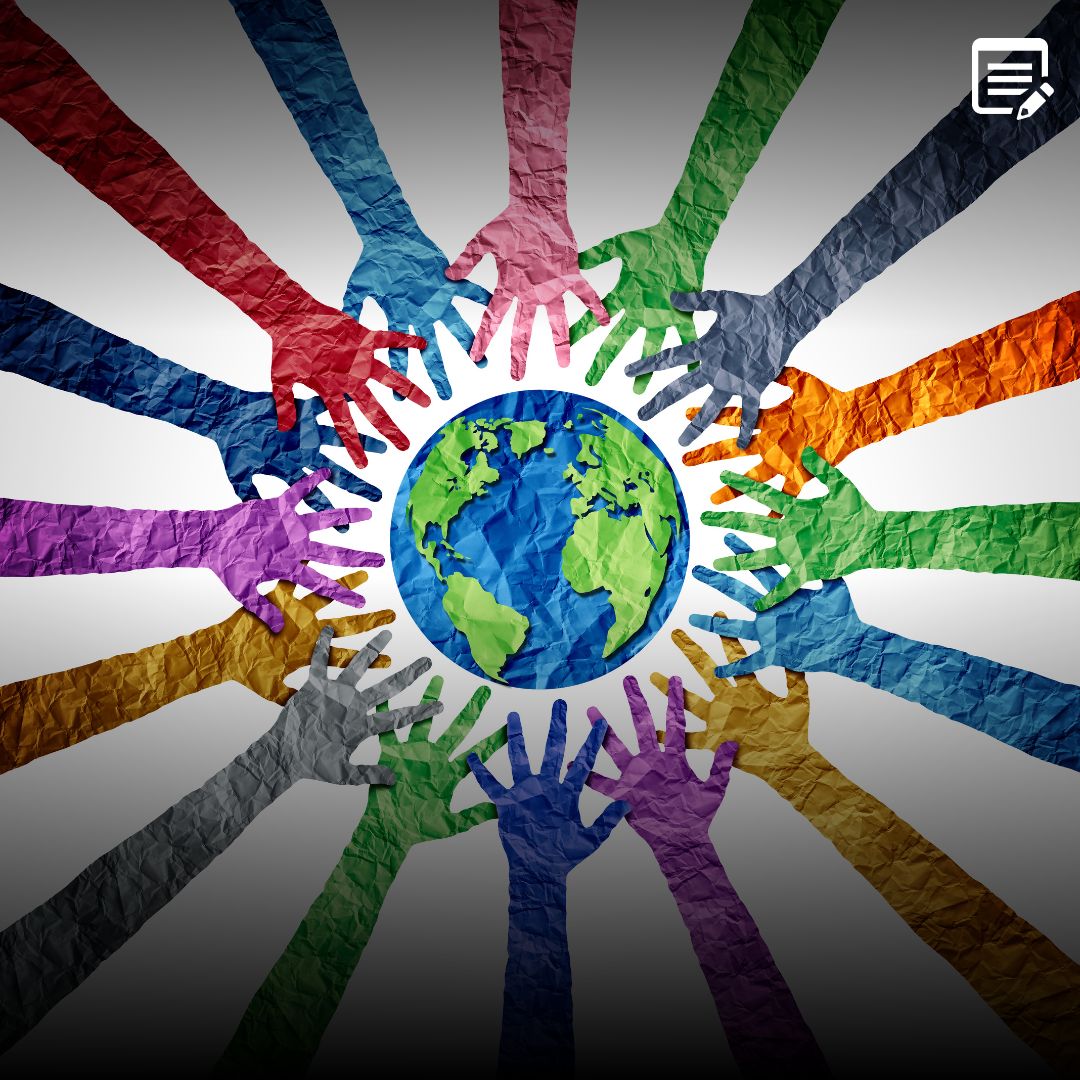In the realm of spirituality, few concepts are as enriching, while also challenging, as the idea of unity in diversity. This theme, deeply ingrained in the teachings of the Bhagavad Gita, resonates with the experiences of many, including myself. During a seminar in India, I was struck by the profound contemplation of unity amidst diversity. How do we, with our distinct qualities, coexist harmoniously? It’s a delicate balance, teetering on the edge of recognizing differences without discord.
The Bhagavad Gita, a timeless spiritual guide, addresses this conundrum. A verse that particularly encapsulates this idea is from Chapter 5, Verse 18 (Bhagavad Gita 5.18):
“Vidya-vinaya-sampanne
brahmane gavi hastini
suni caiva sva-pake ca
panditah sama-darsinah”
In simple terms, this verse translates to the idea that a truly wise person sees with equal vision a learned and gentle brahmana, a cow, an elephant, a dog, and a dog-eater. This profound statement, ‘panditah sama-darsinah’ (the wise are impartial), emphasizes the ability to perceive the underlying unity in diverse life forms.
But what unites us if not the physical form? The Gita illuminates this by directing our focus towards the spiritual essence within each being, transcending the material body’s differences. This spiritual essence, or atma, is the constant in the ever-changing diversity of life. Recognizing this essence fosters a sense of deep connection and unity with all living entities.
Consider the implications of this understanding. In a world where we often judge and categorize based on external appearances or social standings, the Gita urges us to see beyond these superficial differences. This perspective doesn’t negate our unique characteristics; rather, it enriches our interactions by adding a layer of profound spiritual awareness.
In practical terms, how do we apply this wisdom? It begins with the individual. Self-realization, understanding our true spiritual nature, is the first step. When we start seeing ourselves as spiritual beings, part of a larger, interconnected cosmic fabric, our approach to others naturally shifts. We become more compassionate, patient, and understanding.
This shift in vision also has the power to dissolve many societal issues. Prejudices based on race, caste, creed, or species find no ground when one sees with ‘sama-darsinah’. Imagine a world where each individual recognizes the spiritual essence in others – it would be a world marked by harmony and mutual respect.
However, this is not to say that recognizing unity in diversity is an easy task. It requires practice, patience, and a conscious effort to overcome years of conditioning. But the rewards are immense. As we begin to appreciate the beauty in diversity, our interactions become more meaningful. We learn to celebrate differences while acknowledging our shared spiritual bond.
In conclusion, the spiritual lesson here is profound yet simple. Unity in diversity is not just a concept to be admired but a reality to be lived. By embracing the wisdom of the Bhagavad Gita, we can start to view the world through a lens of spiritual equality. This vision is the key to building a more empathetic and harmonious society. In the words of the Gita, it’s about seeing the oneness in the manifold, the unity in the diversity. It’s about realizing that while we may tread different paths, our destination – and our true nature – is ultimately the same.
Please drop me a note with your realizations or if you have any questions/comments using Ask Vaish form. I would really like to hear from you.
1
